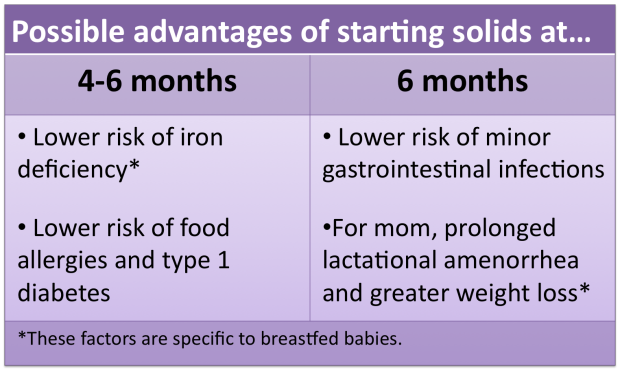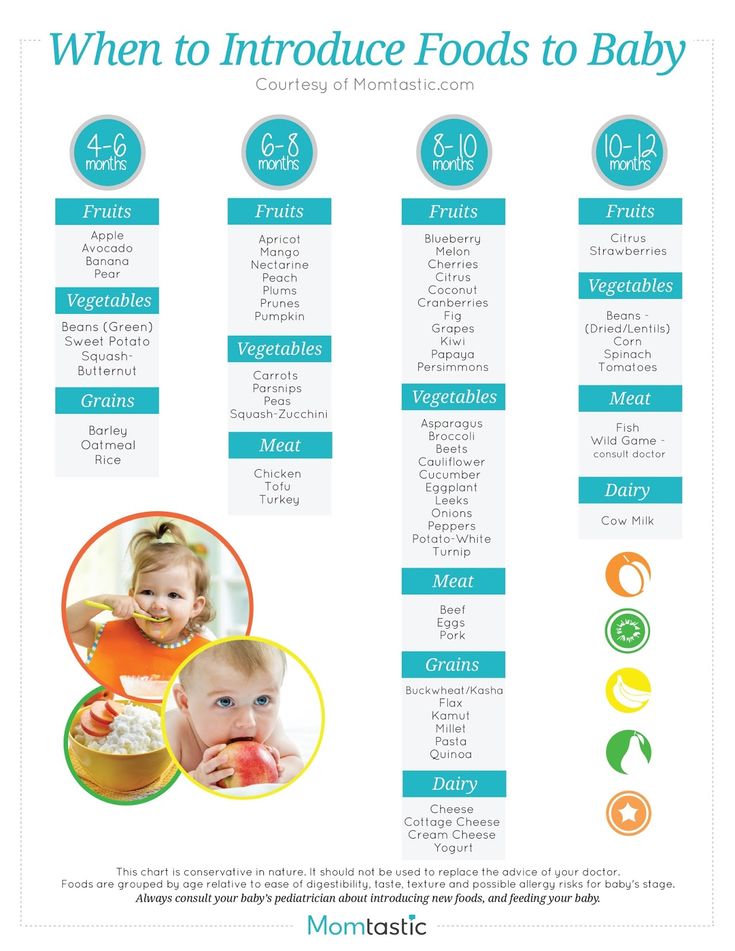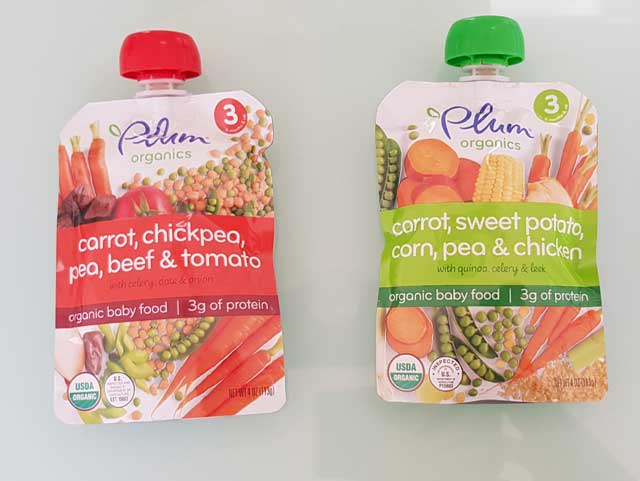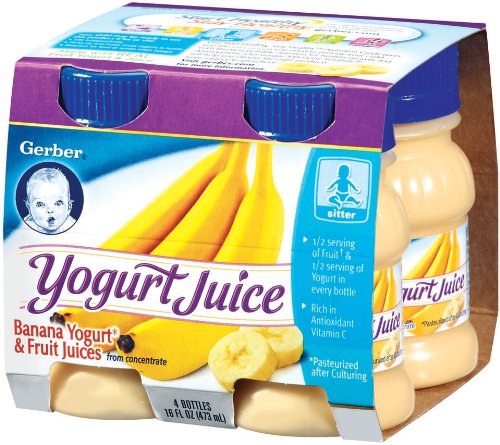When can a baby squirrel eat solid food
Foods for a Seven to Eight Week Old Squirrel
By Jenny Greeni Ablestock.com/AbleStock.com/Getty Images
Nuts are the first food that most people think to offer squirrels, but babies between 7 and 8 weeks old have complex dietary needs. It's also illegal to keep wildlife in most U.S. states, so if a baby squirrel needs help, take him to a squirrel rehabilitator, where he stands the best chance of survival. When there's no choice but to feed the squirrel yourself, puppy formula and vegetables are suitable foods.
Formula
At 7 to 8 weeks old, baby squirrels are still drinking their mother's milk, so they need regular formula feeds. Puppy milk formula powder is the most suitable, mixed at a rate of 1 part formula to 2 parts lukewarm water for babies that are established formula-feeders, or 1 part formula to 4 parts water for recently-found babies, who may be at risk of dehydration, increasing to the full-strength amount. Other types of formula or milk, such as human baby formula, cows' milk, soy milk and goats' milk, are harmful. Between 7 and 9 weeks of age, baby squirrels drink between 6 and 8 cubic centimeters (one-tenth to three-tenths fluid ounce) of formula three times a day.
Food
Baby squirrels begin weaning, eating some solid food while still drinking mother's milk or formula, at between 6 and 7 weeks old. Rehabilitators put primate chow in the nest box to encourage the baby to try solid food, and add other foods over the next two weeks, such as apples, grapes, hard-shelled nuts out of the shell, broccoli stems, kale, green beans and other vegetables. Corn and sweet potato are included in the diet once the baby reaches 9 to 10 weeks. Baby squirrels who are weaning should be given as much solid food to eat as they want. Hamster and gerbil mixes aren't appropriate for squirrels.
Metabolic Bone Disease
Squirrels eating an inadequate diet can develop a disorder called metabolic bone disease. Caused by calcium deficiency, symptoms include labored breathing, low activity levels and appetite, seizures, paralysis and finally, death. Metabolic bone disease is common among squirrels fed squirrel food products containing large amounts of nuts, corn and seeds. Although squirrels love to eat these foods, high levels in their diet makes them ill. If you suspect a squirrel may be suffering from metabolic bone disease, remove all inappropriate foods from his diet and take him to a squirrel rehabilitating center or vet.
Metabolic bone disease is common among squirrels fed squirrel food products containing large amounts of nuts, corn and seeds. Although squirrels love to eat these foods, high levels in their diet makes them ill. If you suspect a squirrel may be suffering from metabolic bone disease, remove all inappropriate foods from his diet and take him to a squirrel rehabilitating center or vet.
Precautions
Water and warmth are more important to lost and abandoned baby squirrels than food. If you're unable to take the squirrel to a wildlife rehabilitation center immediately, warm him up and rehydrate him before offering food. Place a heating device, such as an electric pad or hot water bottle, covered with a blanket or towel, half under the squirrel so that he can move off if he gets too hot, and offer infant rehydration fluid by syringe. Don't squirt the fluid down the squirrel's throat, and always hold him upright to avoid liquid entering his lungs.
References
- Chris's Squirrels and More: Basic Steps to Hand Rearing a Baby Squirrel
- Squirrel Tales: A Manual of Infant Care for Beginners
- Animal Connection Texas: 911 Advice for Squirrels
Resources
- The Humane Society: Squirrels
- Audubon Society of Portland: Urban Squirrels
- National Wildlife Rehabilitators Association: Finding a Rehabilitator
Photo Credits
Writer Bio
A graduate of Leeds University, Jenny Green completed Master of Arts in English literature in 1998 and has been writing about travel, gardening, science and pets since 2007. Green's work appears in Diva, Whole Life Times, Listverse, Earthtimes, Lamplight, Stupefying Stories and other websites and magazines.
Green's work appears in Diva, Whole Life Times, Listverse, Earthtimes, Lamplight, Stupefying Stories and other websites and magazines.
Learn how to nurse and wean baby squirrels.
For the first 7 weeks of their lives, baby squirrels survive solely on milk from their mothers.1 Puppy milk formulas like Esbilac powder make a great replacement for squirrel milk. You can also use standard kitchen ingredients to formulate your own squirrel milk using this Easy Squirrel Milk Recipe.
How to Nurse Baby Squirrels
Feeding milk to baby squirrels requires “specialized” equipment. A syringe or dropper works nicely. If you choose to use a syringe, make sure it’s made of glass. A baby squirrel will gnaw on a plastic syringe, wearing it down and potentially ingesting plastic. Another consideration when choosing your equipment is the size of the opening. To prevent your squirrel from feeding too quickly and choking or getting fluid in his airways, choose a syringe or dropper with a small opening. 2
2
What About Solid Food?
Baby squirrels can start to eat solid food when their eyes open at around 5 weeks of age.2Their incisor teeth should be grown in by then, so it’s ok to give them harder foods as long as those foods aren’t surrounded by a shell. In fact, the ability to crack a walnut is a sign that a young squirrel is ready to be released.2
How to Wean Baby Squirrels
The weaning process begins when a young squirrel is 8 weeks old and will last for 2 to 4 weeks.1,2,3 Therefore, a squirrel should be eating only solid foods by the time he is 10 – 12 weeks old. To wean your squirrel, you’ll need to introduce solid food into his diet while reducing his milk intake. There are two obvious ways to do this.
The most straightforward method is to replace a portion of the milk with solid food. Then, increase the proportion of food to milk every week. A feeding schedule based on this method might look like this:
Age Food
1 – 7 weeks only milk
8 weeks replace 1/4 of milk with solid food
9 weeks replace 1/2 of milk with solid food
10 weeks replace 3/4 of milk with solid food
11 weeks only solid food
Another method of weaning squirrels is to start diluting the milk with water at 8 weeks of age and adding solid food to the squirrel’s diet at the same time. Since the composition of a mother squirrel’s milk changes over the course of the nursing period,1 this method might be preferable. Here’s an example of a feeding schedule using the dilution method:
Since the composition of a mother squirrel’s milk changes over the course of the nursing period,1 this method might be preferable. Here’s an example of a feeding schedule using the dilution method:
Age Food
1 – 7 weeks only milk
8 weeks dilute milk until 1/4 of it is water; add solid food
9 weeks dilute milk until 1/3 of it is water; add solid food
10 weeks dilute milk until 1/2 of it is water; add solid food
11 weeks only solid food
Related Posts
- What Do Squirrels Eat?
- How to Figure Out the Age of a Baby Squirrel
References
1 Nixon, C., & Harper, W. (1972). Composition of gray squirrel milk. The Ohio Journal of Science, 72(1), 3-6. Retrieved from https://kb.osu.edu/dspace/bitstream/handle/1811/5665/V72N01_003.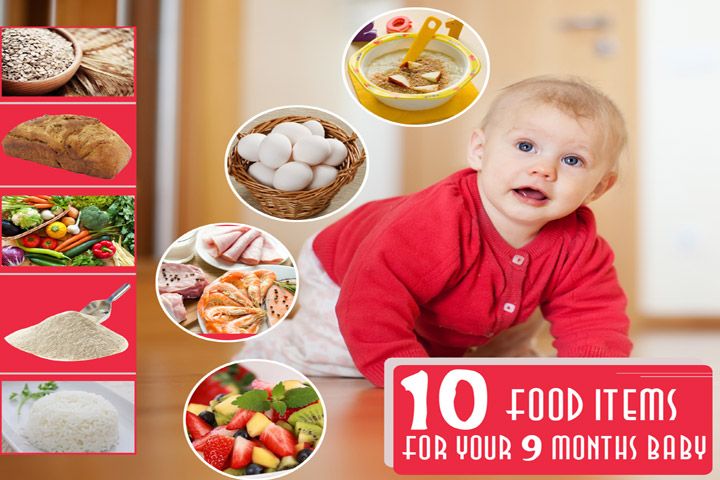 pdf?sequence=1
pdf?sequence=1
2 Cherney, L. & Nieves, M. (1991). How to care for orphaned wild mammals. Iowa State University Veterinarian, 53(2), 94-99. Retrieved from http://lib.dr.iastate.edu/cgi/viewcontent.cgi?article=3394&context=iowastate_veterinarian
3 Webster, D., Parnell, J., & Biggs, W. (1985). Mammals of the Carolinas, Virginia, and Maryland. Chapel Hill and London: The University of North Carolina Press.
Author KarenPosted on Categories Baby Squirrels, How-To ArticlesSquirrel
A fur-bearing animal that leads an arboreal lifestyle. The common squirrel is distributed throughout almost the entire territory of Eurasia.
Squirrels are cute but wild animals. Not every animal can become so tame that you can safely let it out around the room and even pick it up. Adults picked up from the street, as a rule, remain wild, never getting used to human care.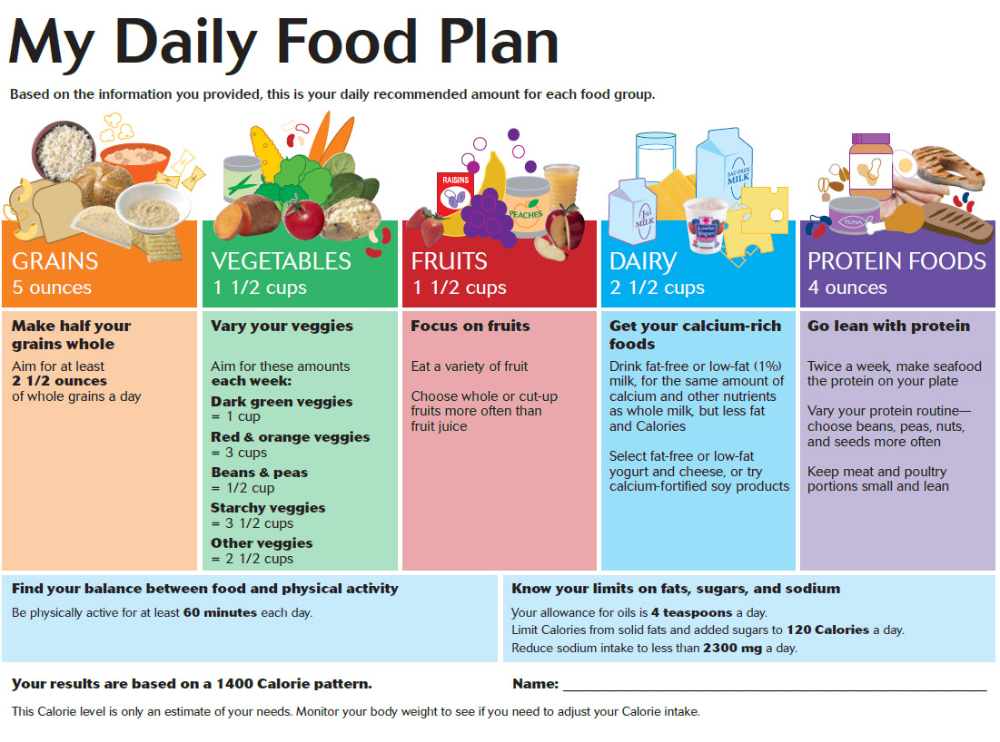 A rescued baby that has fallen out of the nest can become a true friend for you, as it will get used to you from an early age. nine0003
A rescued baby that has fallen out of the nest can become a true friend for you, as it will get used to you from an early age. nine0003
Picking up a squirrel or an adult squirrel, you let one more family member into your house and thus take responsibility for its future fate.
Adult individuals fall into the hands of a person with various diseases, since a healthy animal is quite dexterous, and it is almost impossible to catch it. The most common ailments are all kinds of injuries: fractures, dislocations, biting wounds, and so on. As well as infectious diseases that can be dangerous to humans. Therefore, having picked up a squirrel, the first thing to do is to show it to a veterinarian who will conduct a full clinical examination, and, if necessary, prescribe additional laboratory tests (analyzes, ultrasound, x-rays, etc.), prescribe treatment and give you advice on care, maintenance and feeding the animal. nine0003
Squirrels give birth to two litters per year from 2 to 12 cubs each. The first estrus occurs in January-March, the second - in the summer. Duration of pregnancy, on average 30-40 days.
The first estrus occurs in January-March, the second - in the summer. Duration of pregnancy, on average 30-40 days.
Baby squirrels are born naked and blind, with a body length of 5-5.6 cm and a weight of 7.5-8.5 g. On the 14th day, hair begins to appear. The incisors erupt on the lower jaw on the 21-23rd day, on the upper - on the 37-41th day. Eyes open at 30-32 days. At the same time, baby squirrels wake up with a wild interest in the environment, they look out of the nest and, due to their inexperience, can fall out. nine0003
At 14-21 days the squirrels are overgrown with thin fur, eyes are closed, weight 35-60 g, body length 12.5-17.7 cm.
At 40 days they try to find food themselves.
They start independent life at two months.
Puberty at 5 months.
If you picked up a baby, it must be warmed, watered and fed. The optimum temperature for a squirrel is 27ºС.
Suitable for feeding: cow's or goat's milk diluted 1:1 with boiled water or milk replacer for kittens. Feed carefully one drop from a pipette so that the baby does not choke. Massage your tummy before and after every feeding. nine0003
Feed carefully one drop from a pipette so that the baby does not choke. Massage your tummy before and after every feeding. nine0003
If the squirrel begins to choke, stop feeding, hold him upside down and wipe his nose and mouth, then continue to feed even more slowly.
Approximate feeding schedule for baby squirrels depending on age:
| Age | Meal per meal | Feeding frequency | nine0040 Feeding interval|
| 1 day to 14 days | 0.5 - 2 ml | 6 - 8 times a day | 2 - 3 hours |
| 14 -28 days | 2 - 4 ml | 5 - 6 times a day | 3 - 4 hours |
| 4 - 6 weeks | 4 - 6 ml or more | 4 times a day (you can stop feeding at night) | 4 – 5 hours |
| From 6 weeks | 6 - 12 ml | 2-3 times a day | 6 – 12 noon |
From the age of six weeks, squirrels can eat more solid food: white bread soaked in goat's milk.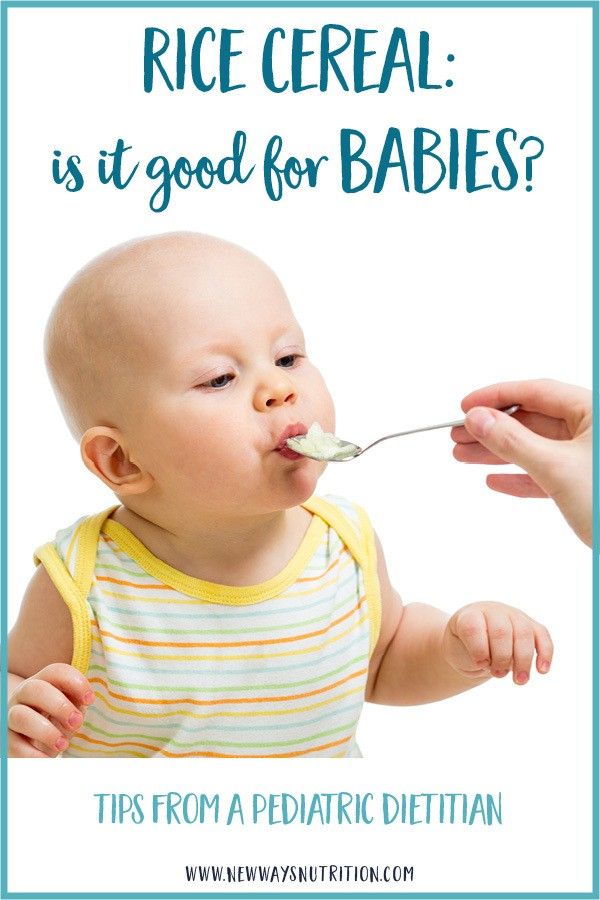 Gradually, “adult” food is included in the diet (at first in crushed form). Milk mixture can be given until the animal itself refuses it.
Gradually, “adult” food is included in the diet (at first in crushed form). Milk mixture can be given until the animal itself refuses it.
An adult squirrel is fed twice a day, offering a variety of foods: pine nuts, hazelnuts and walnuts in the shell, acorns, raw pumpkin and sunflower seeds (not fried!), dry and fresh mushrooms, bananas, apples, pears, dried fruits, carrots , white crackers, raspberries, blueberries, blueberries, mountain ash, viburnum, bark, buds, shoots, cones of firs and pines, raw and boiled quail and chicken eggs, egg shells, chalk, charcoal, flour worms, low-fat cottage cheese, butter ( rare and few). nine0003
Almonds are poison for squirrels!
Approximate daily ration for a squirrel: 10-15 g of white bread (not rich), 15-20 g of nuts, 20-25 g of fruits and berries (dried fruits in winter).
Extract from the Diet Book:
| No. p/n | Designation | Periodicity of issue | Quantity g/1 head/day |
| 1 | Wheat bread | daily | 10 |
| 2 | Hazelnuts | daily | 10 |
| 3 | Walnuts | two days later | 10 |
| 4 | nine0040 Pine nutsdaily | 10 | |
| 5 | Ground nuts | daily | 10 |
| 6 | Chestnut | every other day | 10 |
| 7 | Sunflower seeds | daily | 10 |
| 8 | Pumpkin seeds | daily | 10 |
| 9 | Apples | every other day | 5 |
| 10 | Carrot | every other day | 5 |
| 11 | Cabbage | every other day | 5 |
| 12 | Fruits, berries | daily | 2 |
| 13 | Dried fruits | daily | 2 |
| 14 | Sugar Cookies | for work | 2 |
| 15 | Hemp | daily | 2 |
| 16 | Dry mushrooms | daily | 2 |
| 17 | Salad | daily | 2 |
| 18 | Curd | daily | 2 |
| 19 | Milk | daily | 3 |
| 20 | Butter | daily | 2 |
| 21 | Chicken egg | every other day | 1 |
| 22 | Honey | alternate | 2 |
| 23 | Jam | alternate | nine0040 2|
| 24 | Salt | daily | 2 |
| 25 | Chalk | alternate | 2 |
| 26 | Bone meal | alternate | 2 |
| 27 | Flourworm | daily | nine0040 2|
| 28 | Fish | daily | 2 |
| 29 | Grass, branches | daily | ad libitum |
| 30 | Cones | daily | ad libitum |
| 31 | Needles | daily | nine0040 ad libitum
In winter, for the prevention of beriberi, honey or vitamins A, D, E in oil can be added to food or drink 1 drop per animal 1 time per week.
Do not use boiled or tap water, filtered water or well water will do. Water is changed twice a day. Squirrels willingly drink milk, juices and tea.
All products must be fresh and of good quality.
Do not feed the squirrel spicy, salty, smoked, fried, with spices, etc. Do not abuse sweets. nine0003
If possible, an outdoor enclosure should be built for the squirrel. Approximate dimensions are 2x1.5x1.5 m. Three walls are made of a metal mesh with cells of 10-15 mm2. The fourth wall and the roof are made deaf. Along the perimeter, boards are made 10–20 cm high in order to protect the animal from possible pests (cats, dogs, etc.). For ease of cleaning, you need a door that should close well. A snag with branches and wooden shelves are placed inside the enclosure, along which the animal will frolic, and on which it will grind its claws. Also, the squirrel needs a house - shelter. It is necessary to provide building material for home improvement - it can be wool, scraps of fabric, and so on. nine0003
nine0003
Feeders and drinkers must be securely fastened so that the animal cannot knock them over.
If it is not possible to keep the squirrel in an aviary, you will need a cage with a minimum size of 60x50x50 cm. The frame must be metal, otherwise the squirrel will be able to get free. Outside the cage it is worth equipping the wheel. Wooden shelves and driftwood are placed in the cage, as well as a shelter house and landscaping material.
The cage is placed opposite the window. If the cage is to be moved outside or onto a balcony, a solid roof is required, as squirrels are very sensitive to direct sunlight and are easily subject to sun and heat shock. nine0003
In nature, squirrels are more active in the morning and at dusk, but they can also adapt to other modes.
Cleaning should be done 2-3 times a week, but at least once a week. Squirrels are very attached to their smell, so do not use detergents. Frequent cleaning will save you from unpleasant odors. Once a month, it is worth pouring boiling water over all interior items and a cage for disinfection.
Once a month, it is worth pouring boiling water over all interior items and a cage for disinfection.
Squirrels molt twice a year: in autumn they change their red summer clothes for gray winter clothes, and vice versa in spring. nine0003
The squirrel needs your attention all the time.
If you picked up a squirrel and fed it with a pipette, in the wild it will not be able to feed itself on its own, because it simply does not know how to do it. Such an animal cannot be released into the wild, it will not be able to live without your care.
If you picked up an adult sick squirrel and left it, but it did not become tame, you should think about returning it to nature. It is best to do this in April - May, when the spring rut is over, in order to avoid violence from relatives, and there is still a whole summer ahead and the animal will have time to acquire supplies for the winter. It is necessary to release the squirrel into the wild into the habitual halo of habitat - to where you took it from. nine0003
nine0003
And remember: a squirrel, like any other animal, is a potentially dangerous source of infectious, invasive and parasitic diseases for humans!
Veterinarian
Umka clinic
Khomazyuk
Olga Vladimirovna
For any questions regarding the health of your pets
, you can contact our clinic at:
st. Novomostitskaya, 2, tel: 067-100-34-75 from 9.00 to 21.00
ave. Minsk, 10, tel: 098-598-57-28 from 9.00 to 21.00
from 14.00 to 15.00 Sanitary hour
Umka Veterinary Clinic
www.umka-vet.com.ua 9000
as save the squirrel? | Animals
That baby squirrel was found in the forest, fell out of the nest - a small, defenseless red-haired miracle that immediately trusted the man. He lived in a light bulb box at work and in a hat at home. He slept all day and sometimes woke up to eat. And he ate white bread soaked in goat's milk. And at the same time he champed and smacked his lips so deliciously that we also wanted to eat bread in milk and in a box - to sleep. nine0003
He slept all day and sometimes woke up to eat. And he ate white bread soaked in goat's milk. And at the same time he champed and smacked his lips so deliciously that we also wanted to eat bread in milk and in a box - to sleep. nine0003
Since then, a struggle has begun with a wild desire to have a squirrel at home and the understanding that no one will fall out of the nest especially for me. Asking myself the question: tell me honestly - why do you need her, I knew only one answer - "she is not like everyone else."
I will say right away: I have a squirrel. There were even two of them. I bought one from a dealer and buried it almost immediately. The squirrel was sold to me as a tame squirrel from an aviary, but in fact it was caught from nature and never reconciled to captivity. Although it was bought for a lot of money, the squirrel did not appreciate it. After the solemn funeral at home, we got a currency - one dusya (equivalent to 200 USD). That is, a flat-screen TV in the kitchen costs 3 dusi. But my cosmetics for a month - half a day, etc.
Although it was bought for a lot of money, the squirrel did not appreciate it. After the solemn funeral at home, we got a currency - one dusya (equivalent to 200 USD). That is, a flat-screen TV in the kitchen costs 3 dusi. But my cosmetics for a month - half a day, etc.
And the second squirrel appeared when we didn't expect it at all. Well, it’s not the season, the squirrels don’t fall out of the nests, they have already grown, and therefore we decided to wait for spring. The rut of the squirrels is about to begin, and then we will find it in the forest and start it. Even my husband was inspired, the desire was already mutual. In the end, we ... adopted the squirrel 3 days after the decision to “wait” was made. True, a week later we made another amendment - we adopted a squirrel. Here is such a zigzag of fate: there was Kuzey for half a year, and she became Kuzyusha. nine0003
Squirrels are born 2-3 times a year: in spring, autumn and sometimes in winter. The latter, as a rule, rarely survive, unfortunately. Blind and bald are born. Eyes open at 10-12 days. On the 30th day, a squirrel with fur already looks out with interest from the gain (nest). And, it happens that it falls out of it by negligence.
The latter, as a rule, rarely survive, unfortunately. Blind and bald are born. Eyes open at 10-12 days. On the 30th day, a squirrel with fur already looks out with interest from the gain (nest). And, it happens that it falls out of it by negligence.
If you, while walking in the forest, park, garden, etc., suddenly find an exhausted, frightened, bald or not very little squirrel, help him survive. It's not very difficult. But it's so important to him! nine0003
So, you found a squirrel and brought it home:
1. The squirrel needs to be warmed up: it can be your hands, a hat, a handkerchief, a pocket. Even hot water in a bottle next to it will do.
2. The squirrel needs to restore the water balance, and not try to feed it right away: put some water into the pipette (not from the tap, it's dangerous!). He needs to start drinking. Remember, squirrels are at risk: they have a very weak intestine and with improper feeding or drinking, the struggle for life goes on for minutes. nine0003
The squirrel needs to restore the water balance, and not try to feed it right away: put some water into the pipette (not from the tap, it's dangerous!). He needs to start drinking. Remember, squirrels are at risk: they have a very weak intestine and with improper feeding or drinking, the struggle for life goes on for minutes. nine0003
3. Then try to feed him. It is advisable to offer him goat's milk or a milk replacer for kittens (sold in pet stores). If the squirrel is already grown up, then white bread soaked in goat's milk is what you need. Cow's milk is contraindicated for squirrels! If it is not possible to feed other than cow, dilute it with water 1: 1. Remember that a very small squirrel needs to be fed like a baby - every 2-3 hours. nine0003
My friend used a pipette to feed both at home and at work (he is tiny, he slept in his own box most of the time). From a pipette - drop by drop so that it does not choke. If you hold him in your hands, he will quickly understand that you and your smell are a source of delicious treats. Consider that from now on and forever the squirrel is a friend.
From a pipette - drop by drop so that it does not choke. If you hold him in your hands, he will quickly understand that you and your smell are a source of delicious treats. Consider that from now on and forever the squirrel is a friend.
If the squirrel is already grown enough to eat solid food, offer him pine nuts, only in the shell (less likely that the nuts were affected by some kind of fungus that is dangerous for the squirrel), seeds (only natural in the shell, not fried), twigs with leaves (apple, pear, willow), acorns, apple, carrot. In general, you can only offer a squirrel what he could find in nature. Sugar cookies from the hands of compassionate citizens in the parks, of course, do not count. And remember that his teeth grow all his life, he must grind them on solid food. It is enough to feed a grown and grown squirrel 2 times a day. nine0003
4.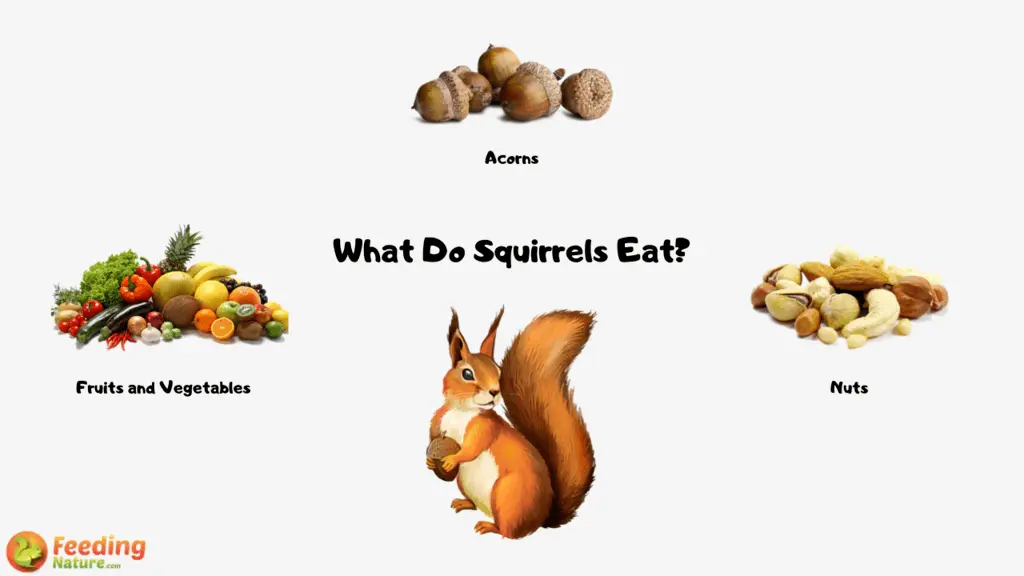 Designate a place for it, eg in a box. In no case should there be cotton wool, the squirrel can get tangled in it or suffocate. It is very good to put a terry towel as a bedding. If the squirrel has grown up and you are afraid to leave him at home alone on a free range, you will have to purchase a cage. Remember: the higher the cage, the better the squirrel. About 50x50x100 is fine, but it's better if you let him run around under supervision, and not just keep him in a cage. nine0003
Designate a place for it, eg in a box. In no case should there be cotton wool, the squirrel can get tangled in it or suffocate. It is very good to put a terry towel as a bedding. If the squirrel has grown up and you are afraid to leave him at home alone on a free range, you will have to purchase a cage. Remember: the higher the cage, the better the squirrel. About 50x50x100 is fine, but it's better if you let him run around under supervision, and not just keep him in a cage. nine0003
The cage must have fresh water (I repeat, not from the tap!). Secure the bowl or drinker so that the squirrel does not turn the water upside down. In no case do not lay the newspaper on the bottom, it is better without anything: ink on printed publications contributes to the accumulation of lead in the animal's body. Also provide a house where the squirrel can rest and another house where she will make stash for a rainy day.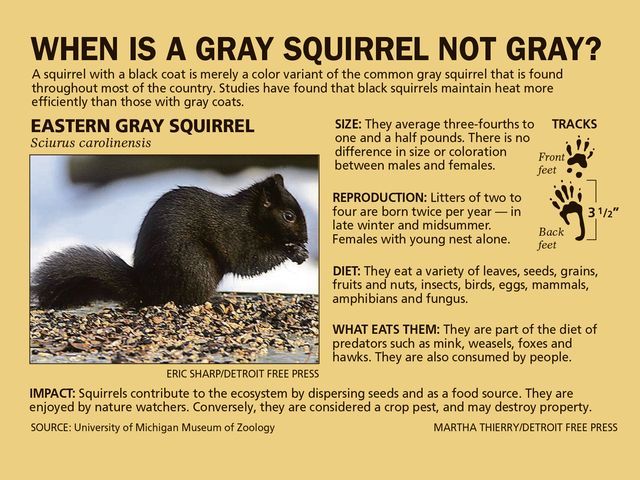 Lump chalk is needed for the formation of bone tissue, give a mineral stone, vitamins for rodents. nine0003
Lump chalk is needed for the formation of bone tissue, give a mineral stone, vitamins for rodents. nine0003
5. If, God forbid, your little squirrel has loose stools, help him. Brew oak bark (not much) and put it in a cage for half a day. You can give smects: we gave them directly smeared on the finger - the squirrel licked it himself. And most importantly - remove all fruits, only dry food.
In general, the little squirrel is a wonderful animal, but it likes to pull the blanket over itself. Try to teach him to live by your rules from childhood. Squirrels have the intelligence of an adult dog, they are just very small. Remember that the squirrel should feel at home in his rest house, like in a fortress: do not climb there, the squirrel cleans up there by herself - throws out the nut shells, spreads her bedding.

